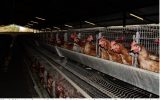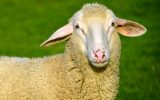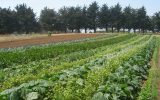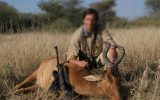Achieving success in pig production hinges on the meticulous selection of appropriate breeds. Simon Streicher, former CEO of the South African Pork Producers Association, shares insights on navigating this crucial aspect of the business.
When establishing a new pork production venture, procuring breeding stock is paramount, and this necessitates sourcing from a disease-free herd. Streicher emphasizes the importance of acquiring pigs solely from reputable sources to mitigate the risk of introducing diseases. “Obtaining pigs from multiple breeders increases the likelihood of disease transmission,” he warns, advising against purchasing pigs at auctions where inter-farm exposure can occur. Streicher underscores the pivotal role of sow quality in the production process, stating, “The caliber of your sow determines the quality of the progeny.” Highlighting the correlation between superior genetics and high-quality meat with minimal fat content, he stresses the necessity of maintaining a herd with commendable genetic traits.
Over the years, breeders have selectively bred pigs to minimize stress susceptibility, thereby curbing potential financial losses attributed to stress-related fatalities. Streicher emphasizes the significance of gene selection in mitigating stress-induced mortality, a factor crucial for producers seeking to safeguard their investments.
BREED SELECTION STRATEGIES
The selection of an appropriate breed aligns closely with the management level of the producer. Pig breeds are broadly categorized into indigenous and improved breeds, each catering to distinct production systems.
Indigenous breeds, prevalent in rural settings of developing nations, are ill-suited for formal market meat production due to excessive fat content. While resilient, they typically yield smaller litters, typically around five piglets per birth.
In contrast, improved breeds, such as the Landrace and Large White, reign supreme in modern, intensive commercial production setups. Renowned for their commercial viability and favorable genetic attributes, these breeds epitomize excellence in pork production. Exhibiting traits like large stature, white skin, and minimal hair, they require meticulous management to thrive optimally.
Streicher underscores the importance of providing adequate resources, including premium feed, housing, and disease control measures, to support the welfare of modern breeds. Despite their susceptibility to high temperatures, their prolific reproductive capabilities, often yielding litters exceeding ten piglets, make them indispensable assets to the production process.
CONCLUSION
While the upfront costs of acquiring high-quality pigs may be considerable, they represent a prudent investment for producers committed to achieving excellence in pig production. This article, penned by Wilma den Hartigh, was originally published in Farming SA and African Farming.




















